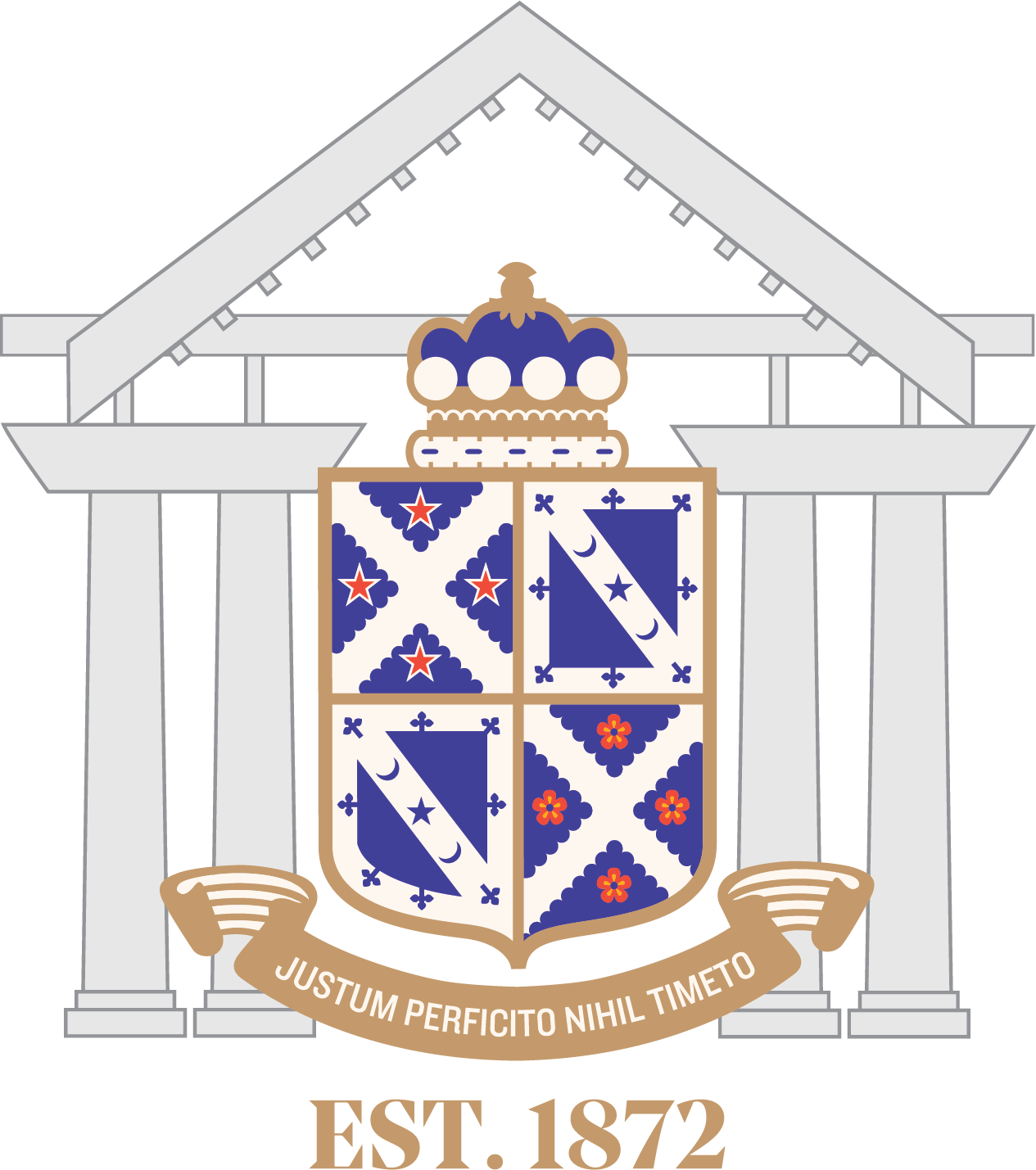Scinde House
Scinde House offers a quality boarding experience for 190 students from an extensive East Coast hinterland, and throughout New Zealand.
Accommodation ranges from twin cubicles to motel style units for seniors is in the Glendinning Block. Supervision and guidance is the responsibility of seven teaching staff, matrons and the Head of the Hostel. All hostel staff, as well as the Headmaster, live on campus and contribute to the family atmosphere.
Scinde House students lead performance inside and outside the classroom with academic results well above the norm. A cornerstone of inter-house competition, boaders set high standards.
As independent young men, Scinde House students are fortunate to live in a caring environment that allows a range of school and activities to be enjoyed.
Recreational opportunities, in the region many and varied and exist to enhance the camaraderie of hostel living.
Our History
The first boarders arrived at Napier Boys’ High School in its twelfth year, 1884, ten boys coming from Auckland with Mr Heath, the second Headmaster. As the first school was on the Hill, then called Scinde Island, that name was adopted by the new boarding house which opened in 1885.
The first Scinde House was described as a ‘lofty, pretentious, wooden building of three levels plus attics providing adequate dormitory space for about 50 boarders, with commodious kitchens, dining hall, quarters for residential teachers and domestic staff, besides a separate wing for the Headmaster and family. The imposing building on its Clyde Road site was a Napier landmark until its demolition in 1927.
The boarders moved to their new grand accommodation on the flat in June 1926. Thirteen months later the first of many tribulations hit the new brick complex; the Tutaekuri River ran through the hostel marooning the boarders. In 1931 the earthquake struck. The two storey brick structure was badly damaged and could not be re-occupied. By the third term 1932 a long wooden temporary block had been built to accommodate 60 boarders in open air dormitories. This block was known then as The Stables and now, after extensive refurbishing, it is named ‘The ‘Boardwalk’. It was not until 1956 that the last of the new wooden dormitories was provided.
